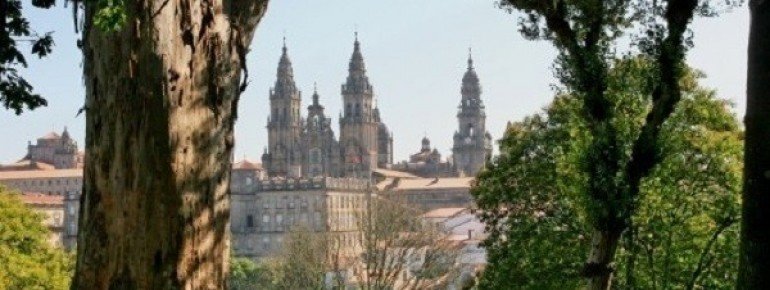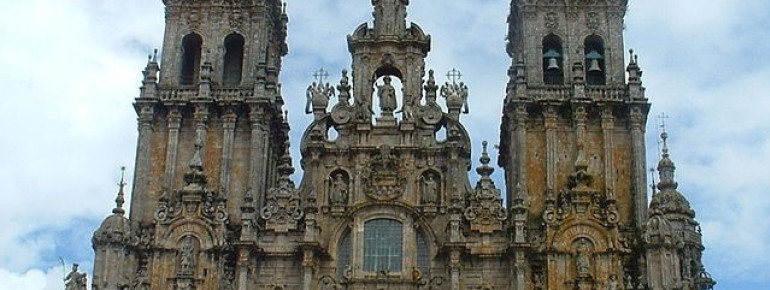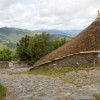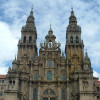Contents
Description

The Santiago de Compostela Cathedral is one of the most famous pilgrimage churches in the world. Santiago de Compostela is the long awaited destiny of thousands of pilgrims taking the burden of coming here by walking, cycling or riding a horse on the path of Saint James.
The Botafumeiro
The cathedral is nowadays especially known for its botafumeiro. A large thurible, with the help of the so-called “tiraboleiros” and attached to a long rope, swings with 65km/h (40mph) through the transept of the church.
Guided tours
There are guided tours offered for the roof, the archaeological excavation sites and the portico. In the museum one can learn everything about the cathedral and its history.
Historical Information
The cathedral is the burial church of the apostle James. When all apostles went on to spread the message of Jesus Christ after his ascension, Saint James went to Spain. After a short period of time, though, he is said to have gone back to Palestine, where he was executed by Herod Agrippa I. How his beheaded corpse made all the way back to Spain still remains an unsolved mystery and is the object of many legends. In the 9th century, the cathedral was built on the grave of St. James and then was destroyed again. In the 11th century then, a new cathedral was built on its place.
As the pilgrimage site was becoming more popular over the centuries, Santiago kept constantly growing. Through the masses of pilgrimages the cathedral has always had enough funds for renovation work. One can tell the church was funded by donations as it is a mixture of architecture styles: Gothic elements with Renaissance and Baroque style all combined in a Romanesque church.
Interesting facts
- Santiago de Compostela Cathedral is among the 5 best rated Tourist Attractions in Spain.
- The day pass at Santiago de Compostela Cathedral is €12 making it one of the 10 cheapest tourist Attractions in Spain.
How to get there
By car
Santiago de Compostela can be reached from the north via the AP-9. The exit to Santiago is signposted as much as the way to the cathedral is.









